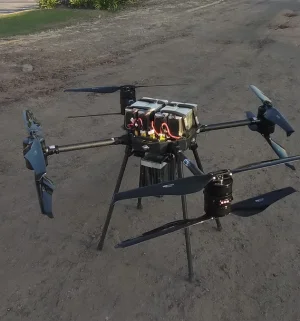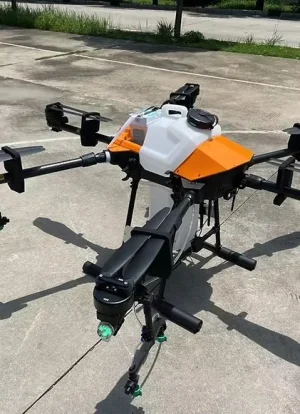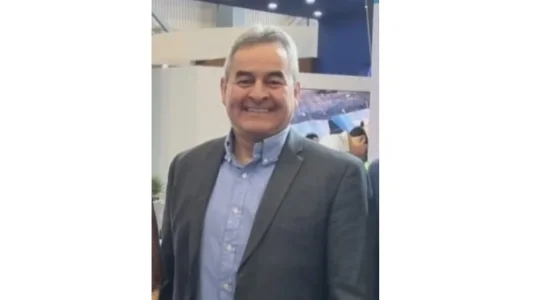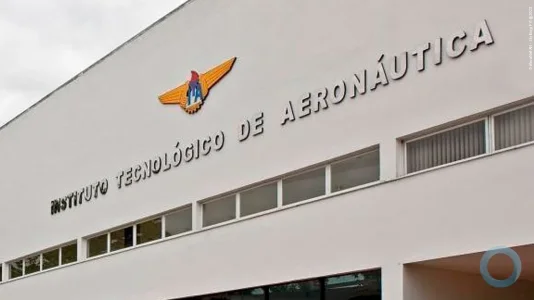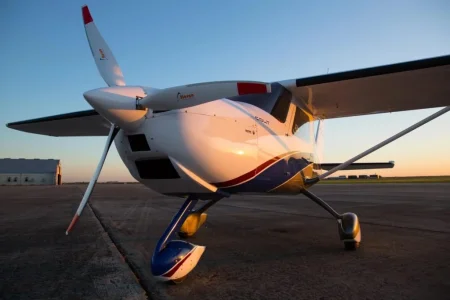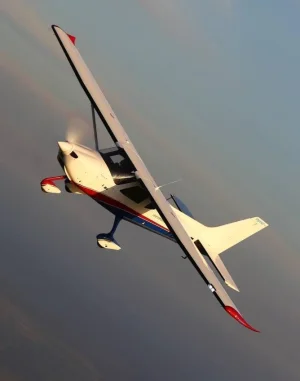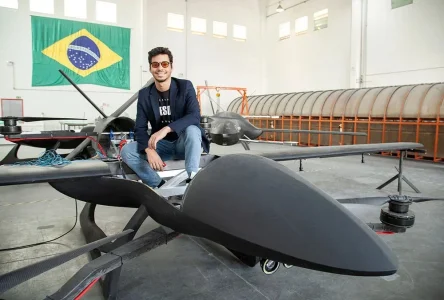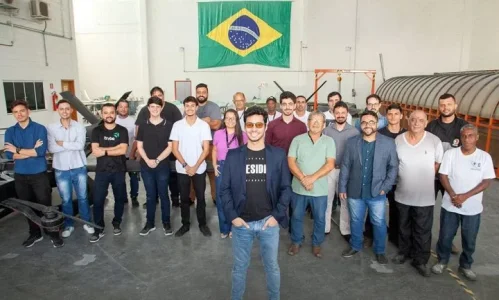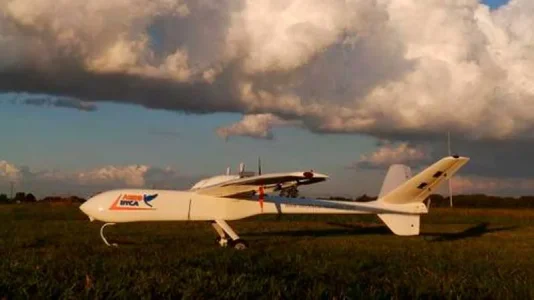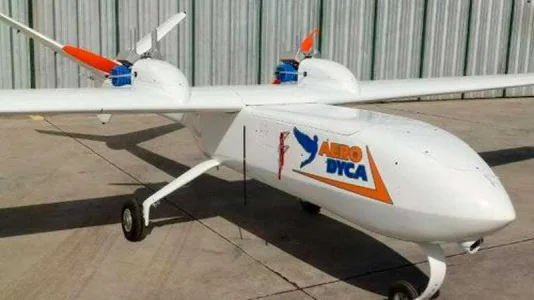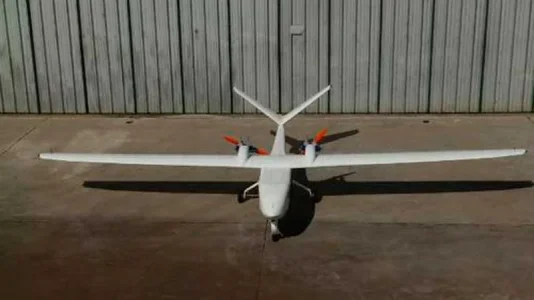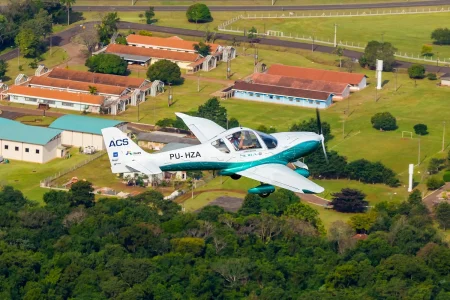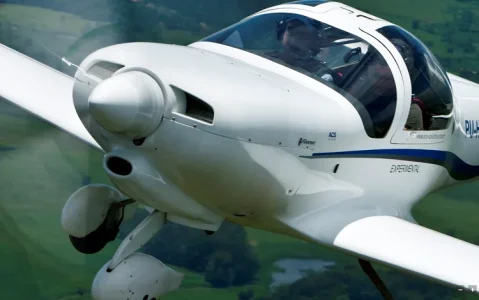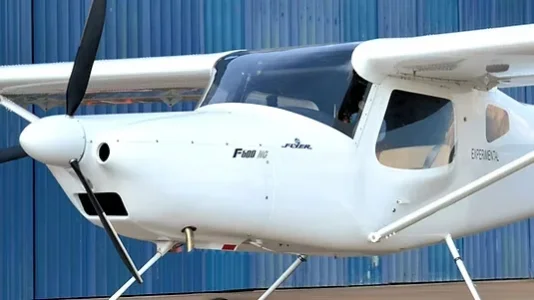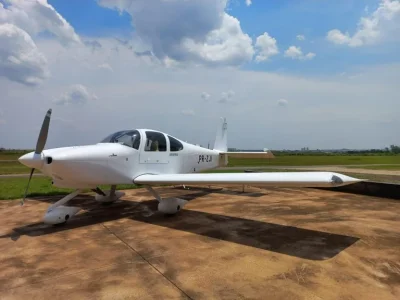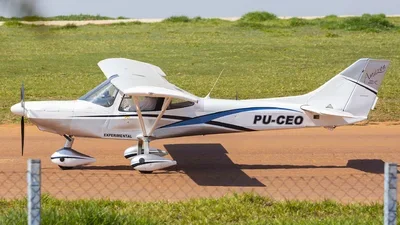- Joined
- Jul 3, 2024
- Messages
- 1,704
- Likes
- 2,289
The French Ministry of Development, Industry, Trade and Services (MDIC) and the Ministry of Europe and Foreign Affairs announced their intention on Wednesday (July 2) to transform Helibras, a factory located in Itajubá, Minas Gerais, into a production and export hub for one of the world's most advanced helicopter models, the H145, a multipurpose, high-tech onboard aircraft.
The Letter of Intent was signed after a meeting between the Vice President and Minister of the MDIC, Geraldo Alckmin, and the Minister Delegate for Foreign Trade, Laurent Saint-Martin, in Brasília. The document was signed by the MDIC's Executive Secretary, Márcio Elias Rosa, who led the project negotiations on the Brazilian side.
Geraldo Alckmin and Laurent Saint-Martin in Brasília. The proposal is aligned with the guidelines of the New Industry Brazil (NIB), meeting the premises of productive densification, technological incorporation, and high-value-added exports, generating jobs and developing local supply chains.
R$1 billion is expected to be invested in the production of the H145 model, with the construction of up to 200 units over the next 15 years, targeting both domestic and international markets. Each helicopter has an estimated market value of US$15 million.
Helibras: a regional benchmark in aviation
TH-X assembly line
Helibras is the only rotorcraft manufacturer in the Southern Hemisphere and has already delivered more than 850 helicopters in Brazil, for both civilian and military operations. Originally a binational company, it is now controlled by Airbus and produces two other helicopter models: the H225, for predominantly military use, and the H125, known as the Esquilo.
H145 Versatility
The H145 is a versatile helicopter that can be used for both civilian and military missions, such as passenger transport, emergency medical services, public safety, offshore operations, wind farm support, civil defense and rescue, troop transport, and reconnaissance operations.


 www.defesaaereanaval.com.br
www.defesaaereanaval.com.br
The Letter of Intent was signed after a meeting between the Vice President and Minister of the MDIC, Geraldo Alckmin, and the Minister Delegate for Foreign Trade, Laurent Saint-Martin, in Brasília. The document was signed by the MDIC's Executive Secretary, Márcio Elias Rosa, who led the project negotiations on the Brazilian side.
Geraldo Alckmin and Laurent Saint-Martin in Brasília. The proposal is aligned with the guidelines of the New Industry Brazil (NIB), meeting the premises of productive densification, technological incorporation, and high-value-added exports, generating jobs and developing local supply chains.
R$1 billion is expected to be invested in the production of the H145 model, with the construction of up to 200 units over the next 15 years, targeting both domestic and international markets. Each helicopter has an estimated market value of US$15 million.
Helibras: a regional benchmark in aviation
TH-X assembly line
Helibras is the only rotorcraft manufacturer in the Southern Hemisphere and has already delivered more than 850 helicopters in Brazil, for both civilian and military operations. Originally a binational company, it is now controlled by Airbus and produces two other helicopter models: the H225, for predominantly military use, and the H125, known as the Esquilo.
H145 Versatility
The H145 is a versatile helicopter that can be used for both civilian and military missions, such as passenger transport, emergency medical services, public safety, offshore operations, wind farm support, civil defense and rescue, troop transport, and reconnaissance operations.


Brasil e França assinam Carta de Intenções para produção de helicópteros H145 na Helibras
O Ministério do Desenvolvimento, Indústria, Comércio e Serviços (MDIC) e o Ministério da Europa e Assuntos Exteriores da França manifestaram



